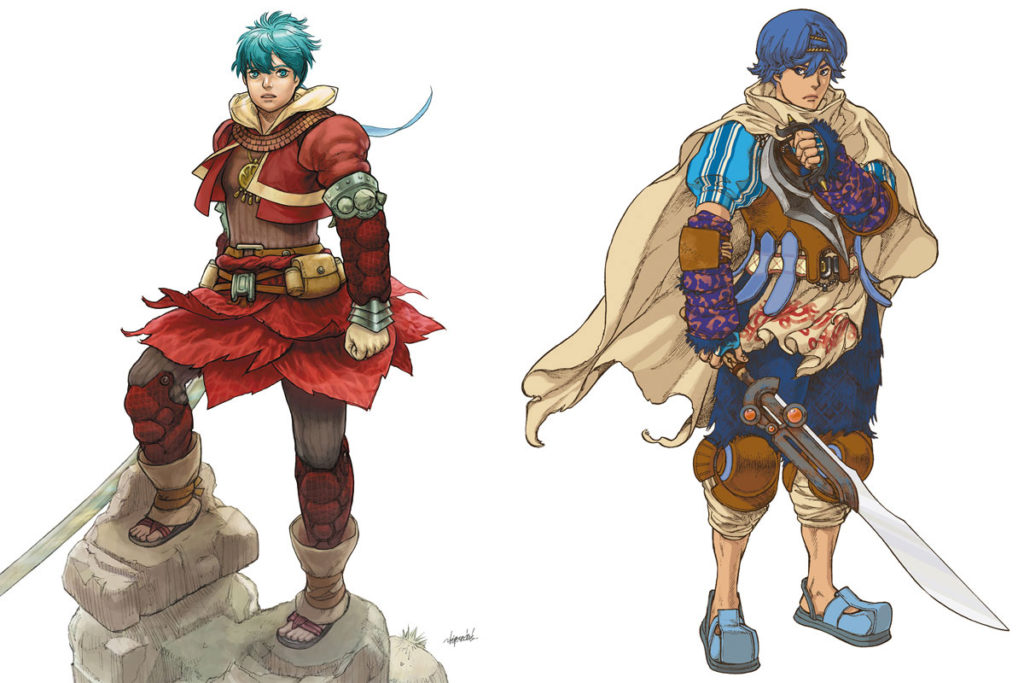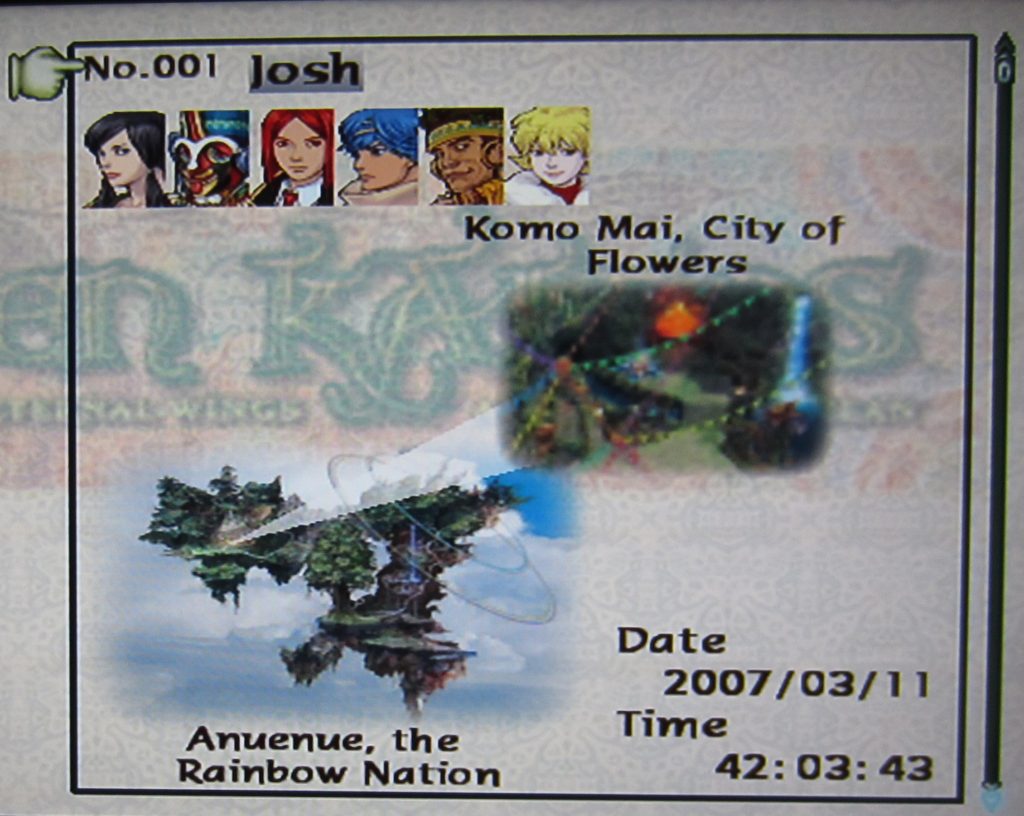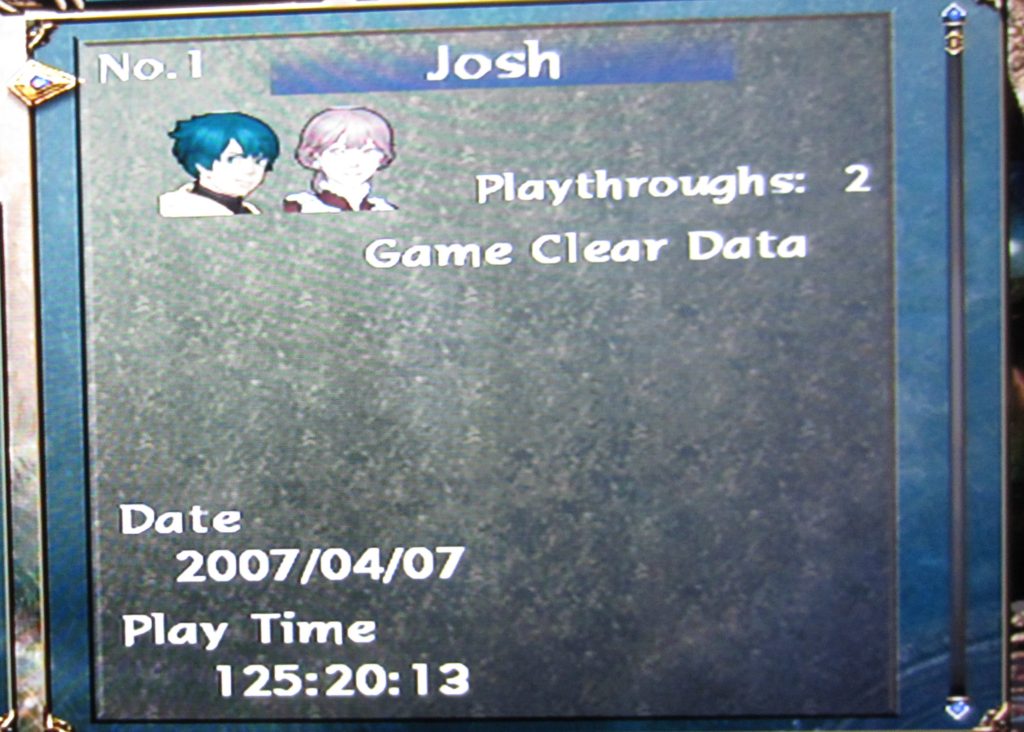
Sagi and Kalas.
AUTHOR’S NOTE: This piece is adapted and updated from a post I originally ran over at Nintendojo back in 2015. This new version includes an updated introduction that includes information regarding the current state of the developer, as well as a couple of added gameplay videos. I also have an outline of an interquel between the two games, which you can see here.
This week Xenoblade Chronicles: Definitive Edition comes to Nintendo Switch, an enhanced, updated port of one of the greatest role playing games I’ve ever experienced. A masterpiece of a game originally released on Wii back in 2010, Xenoblade Chronicles is the first of a two-game series that concludes with Xenoblade Chronicles 2, which was released on Switch back in 2017. This week marks the first time that both games in this story arc are on the same system. (There is another game in the franchise, Xenoblade Chronicles X, that released on Wii U, but it is not in the same storyline.)
Notably, this is not the first duology that the Xenoblade developer, Monolith Soft, has brought to a Nintendo console. Almost 15 years ago, Monolith delivered two fantasy role-playing epics to GameCube. The first, Baten Kaitos: Eternal Wings and the Lost Ocean, released in 2004; the second, a prequel called Baten Kaitos Origins, released at the end of GameCube’s life cycle in 2006, not long before the debut of Nintendo’s famed Wii.
Back in 2015, after hearing about developer comments over the future of Baten Kaitos, I decided to replay both games. I pulled them up and was astonished to discover that I hadn’t touched either of them since the spring of 2007, playing them in the order of publication: Eternal Wings followed by Origins.
This time, however, I decided to play them in a different order: chronological order, with the newer game (Origins) first, followed by the older one (Eternal Wings). This is a bit like watching Star Wars: Episode III before watching Episode IV; there is definitely a chronological connection, but it is a rough one, sometimes lacking in completely smooth continuity. It was clear that the developers were not against playing the games in this way; the last words on Origins read: “The story continues in BATEN KAITOS.”
Here’s what I experienced. Old game or not, I’ve tried to keep spoilers to a minimum.
What They Were
Eternal Wings and Origins are card-based Japanese role playing games. The cards, called magnus, are used for inventory, for weapons, for just about everything. By “card-based,” I don’t mean Magic: The Gathering. Rather, numbered cards are played out in a real-time fashion, a little bit like War or Speed. Eternal Wings and Origins differ somewhat in how they implement the card mechanic: the former uses individual character decks and highly variable cards, while Origins uses a single common deck and a more streamlined card experience.
Another major wrinkle of both games: the player does not play as a character. Instead, the player assumes the role of a guardian spirit that advises the main character. As a result, the protagonist will often break the fourth wall and address the player.
Beyond those differences, most of the games are usual JRPG turf: teenage protagonists, sidequests, inventory, weird animals, you name it. In other words, the games are at once novel but also familiar.
The Prequel — Baten Kaitos Origins
First off, my 60-hour playthrough of Baten Kaitos Origins did nothing to change my conviction that it is the best RPG on GameCube. From start to finish it’s a polished, well-paced, gripping adventure, marked by great characters, even better settings, and some spectacular plot twists. Even some of the areas I thought in the past that were weaknesses graded out better on this playthrough. One of them was the endgame, which felt a little forced in the past but came out somewhat better this time around.
I’ve long considered this to be the best RPG on GameCube, but it had also been a long time since I’d played it. Was I living in a haze of wishful remembrance, or was it as good as I thought? Two things I really paid attention to this time around were graphics and sound. The Xenoblade games both do an excellent job of pushing the graphical limits of their respective consoles, and I think Origins does the same with GameCube. Moreover, I think Origins actually surpasses the Xenoblade games in its style; the pre-rendered settings are just as astonishing as ever and lend a fairytale beauty that is hard to match. Likewise, Origins has an excellent soundtrack (especially this and THIS) and the voicework is far, far better than a game with sales figures this small should ever have, with a cast of name-brand voice acting veterans … and a great performance by Dwight Schultz of 1980s A-Team fame.
Here’s a snippet of gameplay excerpted from a longer video:
One other story before moving on: there is a documented glitch that can lock you out of a very useful sidequest if you tackle certain things in the wrong order. I remembered the glitch but couldn’t remember how to avoid it. I Googled it and found a FAQ that explained how to avoid it, with the FAQ writer crediting another contributor for submitting the solution.
I recognized the contributor’s nickname immediately. It was me. I was saved by my decade-younger self.
The Original – Baten Kaitos: Eternal Wings and the Lost Ocean
The day after wrapping up my experience on Origins, I fired up the older-but-later Eternal Wings and the Lost Ocean.

My old Baten Kaitos: Eternal Wings and the Lost Ocean gameplay save.
Playing the game chronologically afterwards was different … and nostalgic. Despite the rougher edges of the older game (more on this in a moment), seeing characters from the first game age in the second game helped to create a sensation of passing time. The fairytale locations are at once the same but also subtly different. The music enhances this sensation: there is nothing recycled musically between the two games, but there are soundtracks from the two games that have similar hooks (like here and here). More than once I went to a place in Eternal Wings, and between the slight changes in setting and the evolution in music, thought: “I’ve been here before, but it has changed.” I don’t often get that feeling in gaming.
Everything about the pacing in Eternal Wings is slower than Origins. Origins starts out with a military raid; Eternal Wings begins in a backwater village. Origins throws you in with the principal characters in the first two hours; Eternal Wings takes several hours to get to the bare three. Combat in Origins is fast and furious; Eternal Wings combat is still in real-time but is at a slower cadence that allows for more deliberate strategizing.
I had remembered this and wondered if the slower pace would be a knock on Eternal Wings. It wasn’t. In fact, far from feeling plodding, was a refreshing changeup. Origins is a more streamlined system overall, for the most part for the better, but what it meant for me following up with Eternal Wings is that the older game’s slower complexity actually felt right. Instead of feeling like a step back, it felt like I was graduating into something deeper, and at just the right time. I’m not sure that’s what the developer at all had in mind, but that’s what happened. It doesn’t mean the extra complexity in Eternal Wings is perfect– Monolith Soft made the changes in Origins for a reason– but on the whole Eternal Wings gives you the sensation that you can do more in combat, starting with the individual decks for each player rather than the common pool in Origins.
Here’s another unexpected boon from the lower combat: I got to watch it. In Origins everything happens so fast that you rarely have time to just sit and watch the awesome combat effects play out, because you’re already setting up the next character attack. In Eternal Wings each character plays out in its own dedicated turn, so you can stop and behold that awesome time-stopping uber-attack without the distractions of gameplay.
So what didn’t work? Eternal Wings is a bit linear at times, and a few of the minor plot developments fall a bit flat compared to Origins. (“Oh no, I broke that special item! Wait, here’s another one that looks exactly like it!”) Some of Origins’ gripes are here, too; during one poorly-timed late-night play session, I went a full hour between save points.
There’s also the voicework. This is an old story to those familiar with the game. In my latest playthrough, two things were evident: 1) Eternal Wings is a cut below Origins in the acting department, and 2) the problem is more about uneven acting than uniformly bad acting. The lesser parts, for example, were doled out to nobodies, while the bigger parts were assigned to somewhat more grizzled veterans, albeit of such great works of literary genius as The King of Fighters. (Don’t believe me? Look for yourself.) Even with the dearth of talent, there is actually some pretty good VO in Eternal Wings … and some parts that sound like they came from a Monday morning high school English class reading.
Here’s a snippet of gameplay excerpted from a longer video:
Despite its flaws, Eternal Wings was actually a cooler experience than I remembered, and I think playing it after Origins rather than before actually made for a pleasant, unexpected surprise.
And it left me wishing there was still more in the series to play. I’m not holding out hope for any more games, but I wouldn’t complain.





